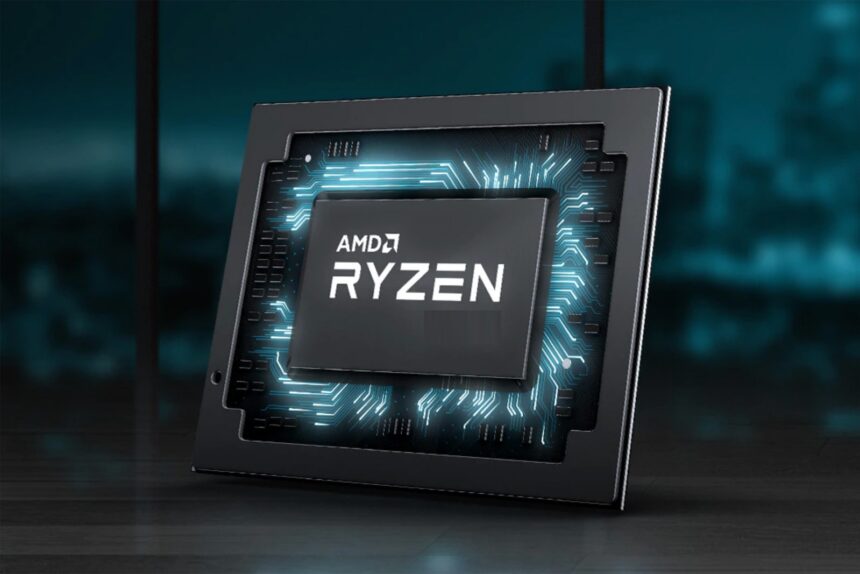Low stock and high pricing are the results of the ongoing chip scarcity, which affects everything from PCs to Cameros. It isn’t going away anytime soon, unfortunately. Intel CEO Pat Gelsinger told shareholders during a shareholder meeting to disclose the company’s third-quarter financial results that he doesn’t expect the shortfall to end until 2023 at the earliest.
“We’re at the worst of it right now,” Gelsinger told CNBC. “Every quarter next year, we’ll get marginally better, but supply-demand equilibrium won’t be achieved until 2023.” Intel has stated that processor shortages are causing a drop in laptop sales and cautioned that finding good PC discounts this holiday season may be difficult.
To some extent, the other heavyweights of the semiconductor industry concur. Nvidia CEO Jensen Huang said in a similar earnings call in August that supply chain challenges will remain for “the great majority” of 2022. For almost two years, Nvidia’s graphics cards have been in such limited supply that secondary market prices have skyrocketed as scalpers, cryptocurrency miners, and the occasional PC gamer compete for the few GPUs that are still available on the retail market.
In the PC industry, Intel and Nvidia’s main rival agrees, but they are significantly more hopeful. AMD CEO Lisa Su projected that the chip shortage in the second half of 2022 will be “less severe” after being “tight” in the first half, speaking at the Code Conference in September.
It doesn’t end there, though. Qualcomm, ARM, Samsung, and Apple executives all believe that the chip shortage will last until at least 2022, with varying degrees of pessimism for longer forecasts. Industrial powers are attempting to improve supply through increased manufacturing, while politicians strive to assist them to different degrees of success. However, the general assumption appears to be that high pricing and limited supplies will continue to be the norm for practically everything that contains a chip in the coming year.









